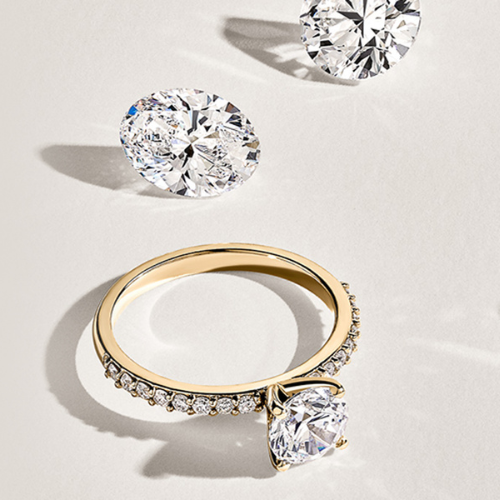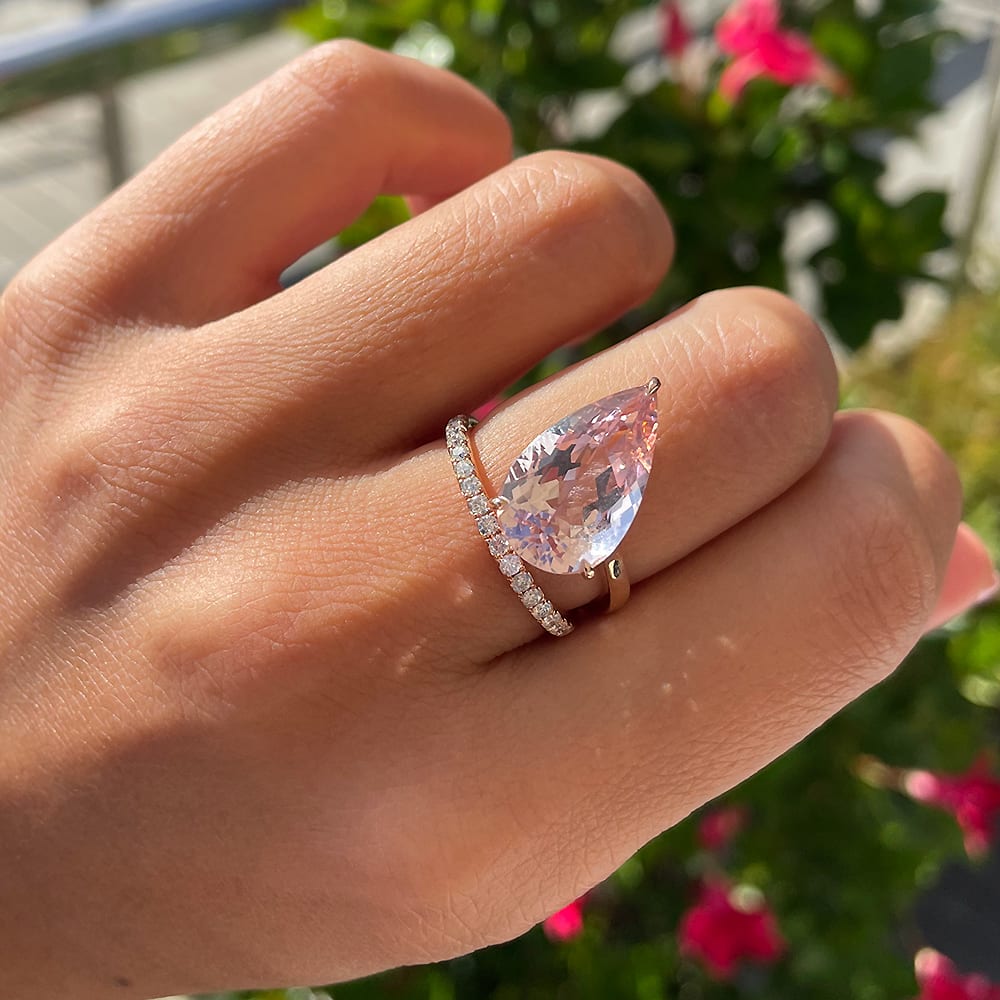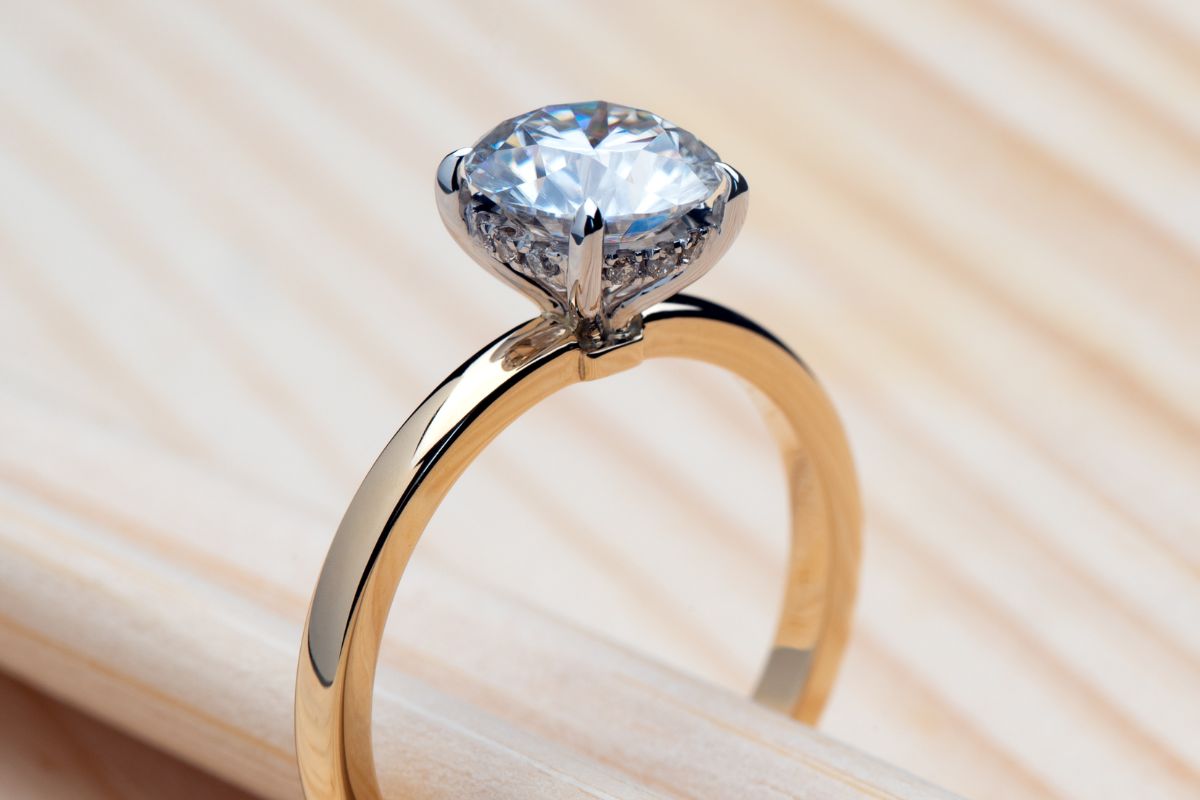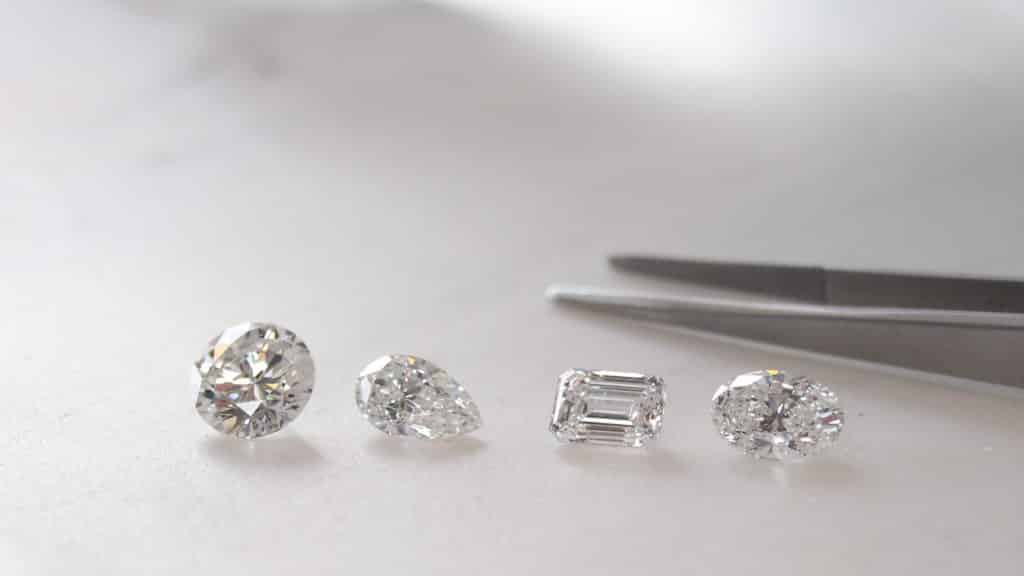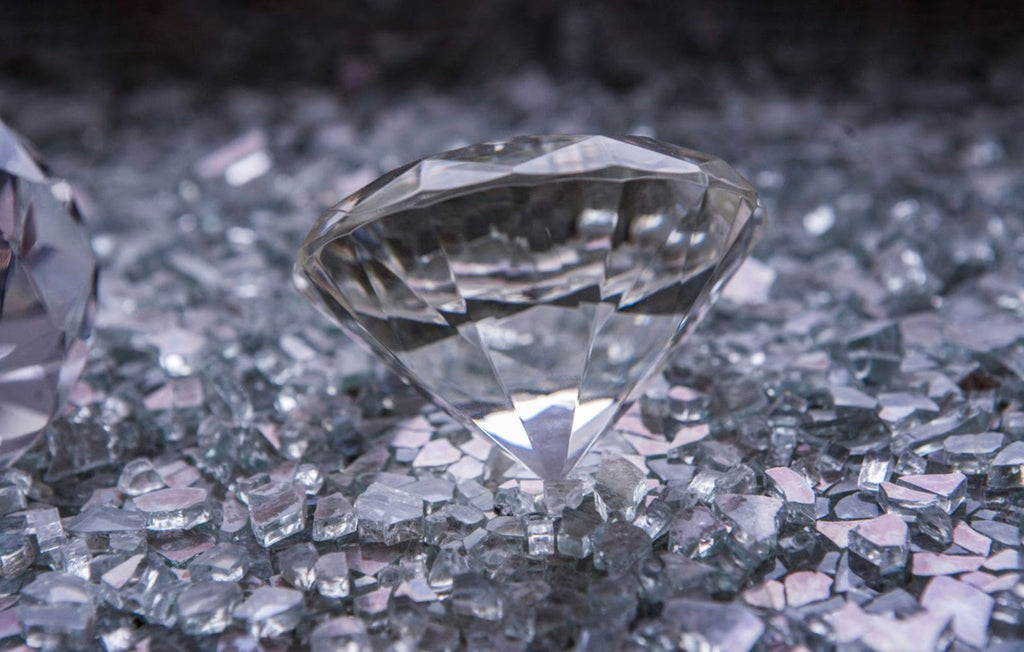Table of Contents
What Are Diamond Substitutes?
Diamond substitutes are materials that look like diamonds by all accounts however contrast in piece and properties. Not at all like genuine diamonds, which are normal or lab-created carbon precious stones, substitutes are made from different materials like cubic zirconia, moissanite, and white sapphires. These options are intended to repeat the radiance and splendor of diamonds while often being more affordable or offering remarkable characteristics.
Why Consider Diamond Substitutes?
The decision to utilize diamond substitutes be driven by different factors, including spending plan constraints, ethical worries, or individual inclinations. For many, diamond substitutes offer a savvy method for achieving a comparable shift focus over to diamonds without the excessive cost tag. Also, a few substitutes, as moissanite, are commended for their brightness and fire, making them alluring choices for those seeking an option in contrast to customary diamonds.
Well known Diamond Substitutes
A few diamond substitutes are well known for their excellence and affordability. Cubic zirconia (CZ) is perhaps of the most notable other option, offering a dazzling shimmer that intently looks like diamonds. Moissanite is another famous decision, known for its remarkable splendor and hardness, which makes it a solid and visually striking substitute. White sapphires, while less shimmering than CZ or moissanite, give an exemplary look a lower price tag and are esteemed for their normal origins.
Comparing Diamond Substitutes
While comparing diamond substitutes, it’s fundamental to consider their properties and how they compare to genuine diamonds. For instance, cubic zirconia is a synthetic stone that can intently imitate the presence of diamonds yet might not have a similar solidness or splendor. Moissanite, then again, is renowned for its fire and shimmer, often exceeding that of diamonds. White sapphires offer a more downplayed tastefulness and are valued for their regular origins. Each substitute has its own arrangement of benefits and disadvantages, so evaluating them in view of your priorities is significant.
The Expense of Diamond Substitutes
One of the essential reasons individuals pick diamond substitutes is cost. Genuine diamonds can be costly, and their cost is influenced by factors, for example, carat weight, color, clearness, and cut. Diamond substitutes, however, are for the most part more affordable, allowing you to accomplish a comparable look without spending a fortune. For instance, cubic zirconia is often available for a portion of the expense of a diamond, making it an alluring choice for those on a tight spending plan. Moissanite and white sapphires, while more costly than CZ, are even more affordable than diamonds.
Ethical Contemplations of Diamond Substitutes
Ethical worries are another motivation behind why individuals pick diamond substitutes. Conventional diamond mining has been related with ecological issues and human freedoms concerns, leading many to look for more sustainable and ethical other options. Lab-created diamonds, while lab grown diamonds, are often picked for their ethical advantages. However, diamond substitutes like moissanite and white sapphires can likewise give an ethical choice, as they don’t involve mining and often have lower ecological effects.
Choosing the Right Diamond Substitute
Selecting the right diamond substitute relies upon your inclinations, spending plan, and intended use. Assuming you prioritize brightness and strength, moissanite might be the best decision. For those seeking an exemplary look with a lower cost, white sapphires are a fantastic choice. Cubic zirconia is great for the people who need an affordable yet visually appealing other option. Consider what viewpoints are generally important to you — whether it’s radiance, cost, or ethical contemplations — to settle on the best decision for your requirements.
Conclusion
In conclusion, diamond substitutes offer a scope of choices for those looking to duplicate the excellence of diamonds while considering factors like expense, sturdiness, and morals. By understanding the different kinds of diamond substitutes and their characteristics, you can pursue an informed choice that meets your esthetic longings and functional requirements. Whether you’re shopping for an engagement ring, a piece of gems, or basically exploring options, diamond substitutes give significant decisions to various inclinations and financial plans.

